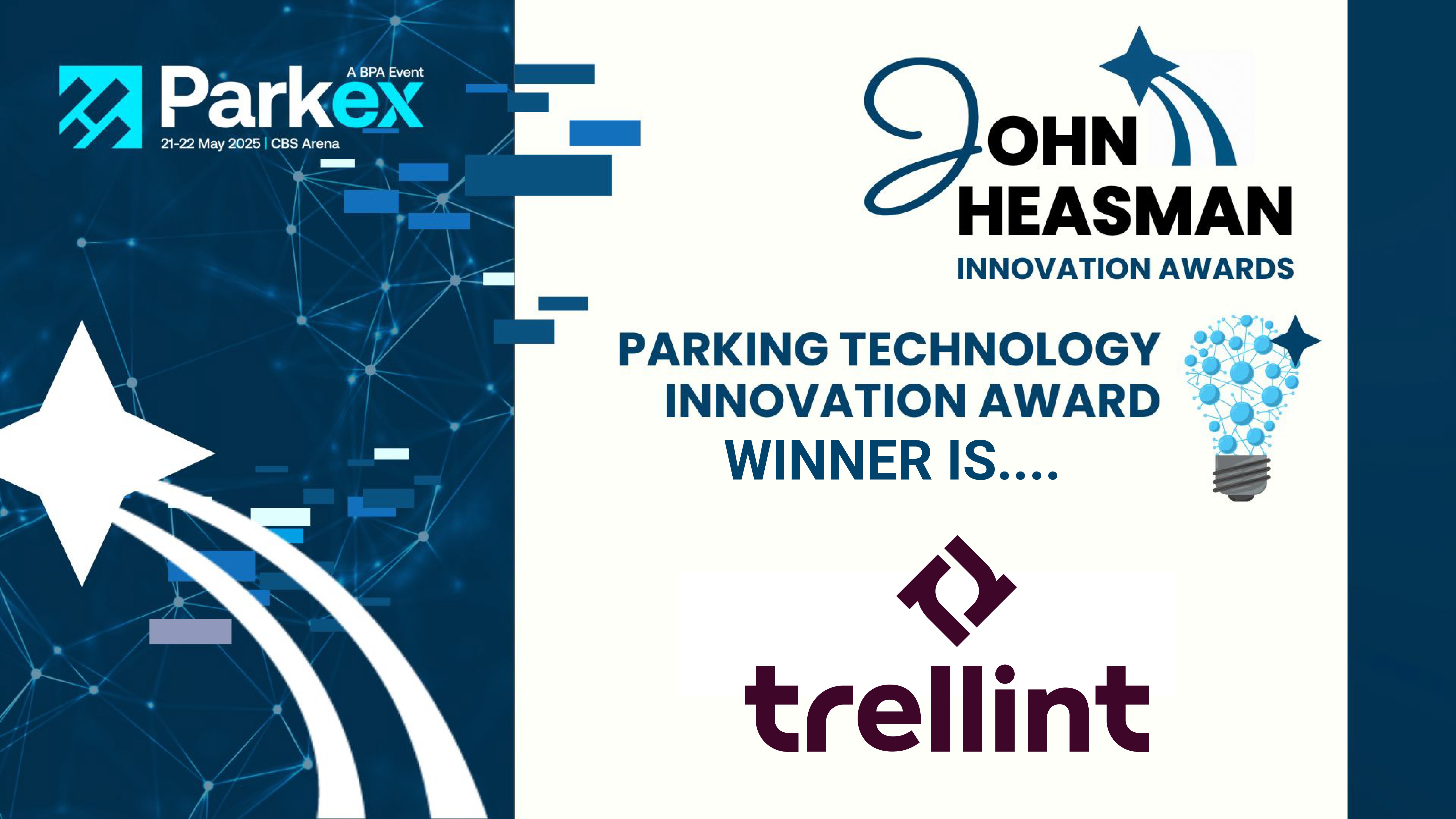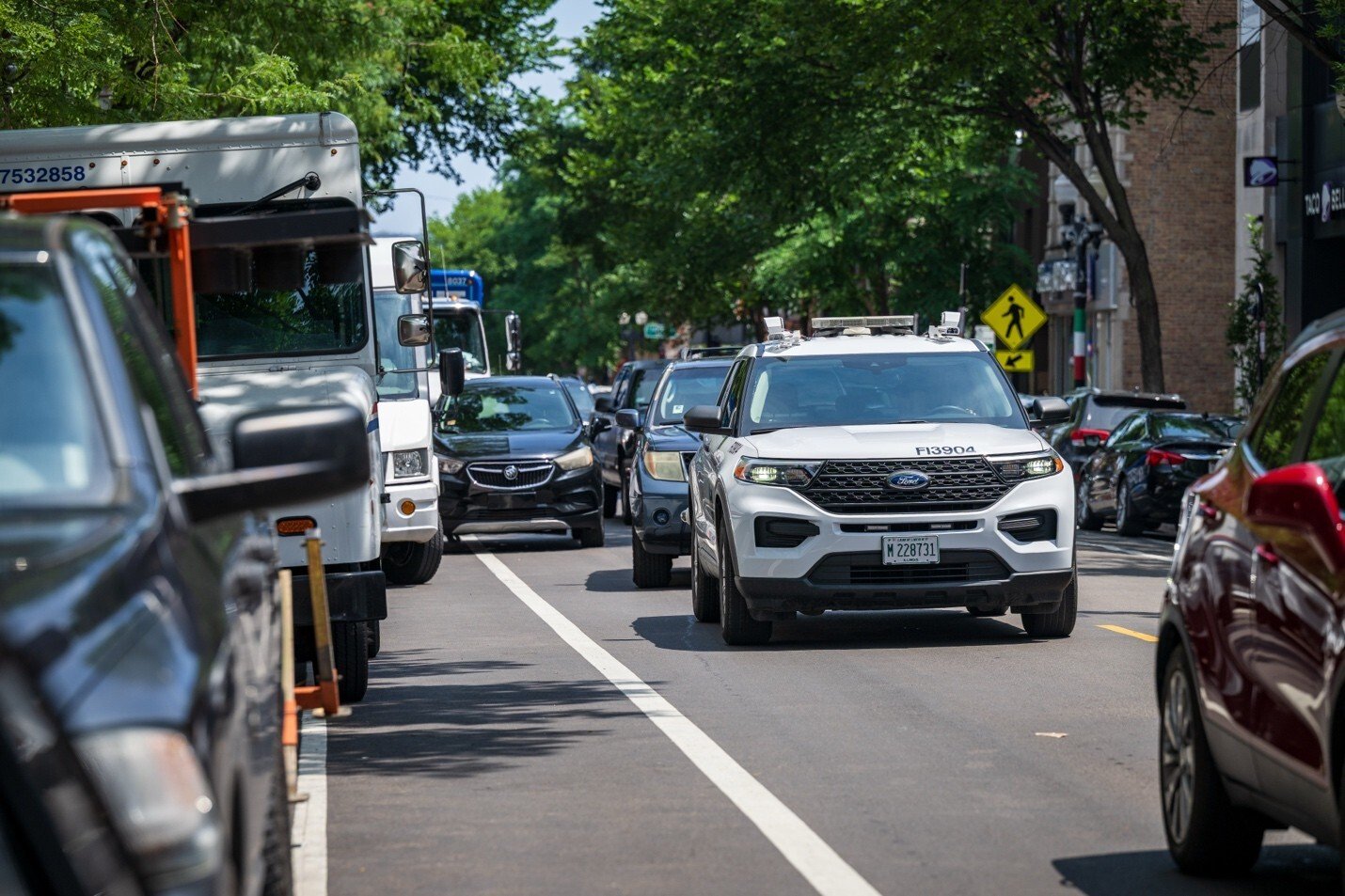Many cities in the US continue to rely on long-standing parking systems that have supported their operations for years. As the industry evolves, however, the need for more, integrated and data-driven solutions becoming increasingly clear. Transitioning to alternative parking technologies can be a strategic move, one that enhances efficiency and user satisfaction without disrupting what already works.
Meeting the Evolving Demands of Parking Operations
Today’s parking operations are shaped by rising expectations. Parking operations are under pressure to improve compliance, reduce costs, and deliver better user experiences. Parking platforms are designed to meet these demands, offering scalable, data-driven tools that complement existing infrastructure and prepare cities for the future.
There are growing expectations to improve compliance, reduce operational costs, and enhance the overall parking experience. With the rise of digital wallets, mobile applications, and license plate recognition technologies, parking management has become more dynamic and data-driven. Many long-standing systems were not originally designed to support these capabilities, which is why parking operations are now exploring solutions that can integrate seamlessly with various enforcement tools and evolving customer needs.
Understanding the Risks of Transitioning Parking Systems
However, change is easier said than done and it is important to acknowledge some of the risks associating with adopting new systems.
-
Data migration issues: Moving citation processing records without loss or corruption is critical. Historical data must be preserved for legal and operational continuity.
-
Staff training gaps: Enforcement officers and administrative teams need to quickly adapt to new workflows and interfaces.
-
Service disruption: Any downtime in parking enforcement or customer service can lead to revenue loss and public dissatisfaction.
-
Integration complexity: New parking solutions must connect seamlessly with existing infrastructure, including payment systems, enforcement tools, and reporting dashboards.
Steps to Minimize Risk When Changing Parking Systems
Transitioning from legacy parking systems to modern parking technology is a significant undertaking, but with the right approach, you can minimize risk and maximize benefits. Here’s how to ensure your move is smooth, strategic, and headache-free:
-
Build a Clear Roadmap
Start by defining your objectives and success metrics. Are you aiming to improve citation processing speed, enhance parking enforcement accuracy, or optimize curb side operations? A clear roadmap helps align stakeholders and sets expectations for every phase of the transition.
Break the project into manageable stages. This includes data migration, staff training, and system integration. Assign ownership for each stage and establish timelines. This structured approach reduces uncertainty and keeps everyone focused on the end goal.
-
Prioritize Data Integrity and Migration
One of the biggest risks in transitioning is losing or corrupting historical data. Work closely with your parking software provider to plan a secure, compliant migration path for citation records and enforcement data. Ask about encryption standards, audit trails, and validation processes to ensure data accuracy.
Consider running parallel systems during migration to verify that citation processing and parking enforcement records are transferred correctly. This approach allows you to catch discrepancies early and maintain operational continuity.
-
Invest in Training and Change Management
Technology is only as effective as the people who use it. Comprehensive training is essential for enforcement officers, administrative staff, and IT teams. Offer hands-on workshops, online tutorials, and self-service portals tailored to different roles within your parking operations.
Encourage feedback throughout the transition. Create channels for staff to report issues, ask questions, and suggest improvements. This not only accelerates adoption but also helps identify and resolve pain points before they impact service delivery.
-
Leverage Real-Time Dashboards and Analytics
Modern parking management systems often include business intelligence (BI) dashboards that provide instant visibility into parking operations. These dashboards allow employees to monitor citation distribution, enforcement activity, and curb side trends in real time.
Use dashboards to set up alerts for key metrics such as spikes in citations, unusual enforcement patterns, or permit application surges. Managers can drill down into geographic data, track team performance, and identify opportunities for operational improvements. Predictive analytics can help forecast future workloads and optimize patrol routes, ensuring resources are used efficiently.
-
Pilot, Test, and Refine
Before rolling out new parking solutions across your entire operation, conduct pilot programs in select areas. Use these pilots to gather feedback, identify technical or operational challenges, and refine workflows. A phased rollout allows you to build internal champions and address issues before they scale.
Monitor key performance indicators throughout the pilot phase, using dashboard analytics to track progress and measure impact. Adjust training, communication, and system settings as needed to ensure a smooth transition.
-
Engage Stakeholders and Communicate Clearly
Successful transitions depend on buy-in from all stakeholders including enforcement teams, IT staff, customer service reps, and the public. Involve these groups early in the planning process, and keep them informed at every stage.
Transparent communication helps manage expectations and reduces resistance to change. Use newsletters, town hall meetings, and digital channels to share updates, highlight benefits, and address concerns.
How Trellint Can Help
At Trellint, we understand the complexities of transitioning parking systems. Our parking solutions are designed to minimize risk and maximize operational efficiency, whether you’re upgrading your parking management system, streamlining citation processing, or enhancing curb side enforcement.
We offer scalable parking software with robust API integration, real-time dashboards, and expert support for every stage of your transition. Our team has helped municipalities across the US modernize their parking operations delivering measurable improvements in compliance, cost savings, and customer satisfaction.
Ready to de-risk your transition and unlock the full potential of modern parking technology? Speak to our experts today to discover how Trellint can tailor a solution for your unique needs.





